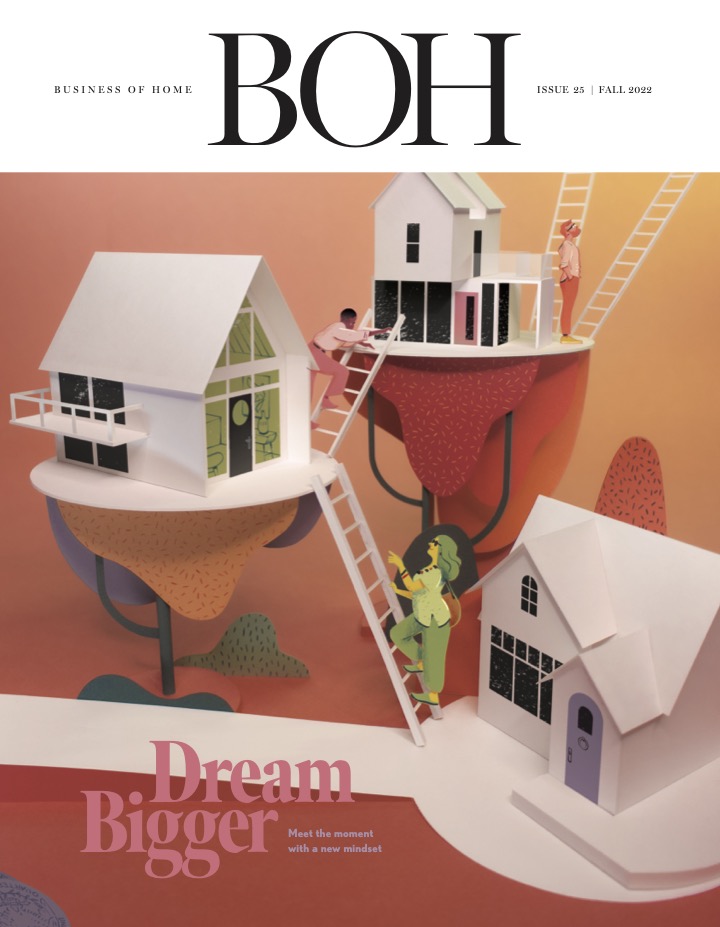by Le-Min Lim
Collectors may spend a combined HK$780 million ($100 million) at Hong Kong’s first major art sale since the one-year anniversary of the collapse of Lehman Brothers Holdings Inc., said Sotheby’s, as accelerating economic growth in China spurs demand.
The five-day auction, starting Oct. 3, may even exceed that target as Asia’s stock-market rebound encourages buying, especially by those living on the mainland, said dealers. The 2,300 items include a Chinese imperial blue-and-white Ming bowl that may fetch HK$42 million.
“Top art collectors in China are in a mood to buy, especially rare antiques,” said Lu Feifei, a Shanghai-based art dealer and one of the biggest buyers at Sotheby’s sale last year when he paid HK$59 million for Emperor Qianlong’s jade-hilted saber and scabbard. “The bowl’s HK$42 million tag is reasonable; I wouldn’t be surprised if the final price goes much higher.”
Buyers are preferring antiques over contemporary-art pieces, believing older artworks are better stores of value with the economic recovery just beginning, said Lu. Auction companies such as Sotheby’s and Christie’s International face sluggish sales in Europe and the U.S., where economies are in a recession caused by the credit crunch. The estimated value of London’s October contemporary-art sales has dropped 81 percent from 2008.
Sotheby’s Hong Kong sale last year, held three weeks after Lehman’s Sept. 15 failure, raised HK$1.1 billion, half its forecast. The region’s benchmark Morgan Stanley Asia Pacific Index has risen 40 percent in the past six months.
Consignment Increase
A 50 percent increase in consignments at this auction compared with the company’s sale six months ago is another sign of Asia’s art-market rebound, Kevin Ching, Sotheby’s chief executive, said in a telephone interview.
“When people believe the market is recovering,” said Ching, “then they will have no problem parting with the good stuff because they will get a good price for it.”
Auctions of Asia-themed items in New York earlier this month did well, said auctioneers. More than 70 percent of Sotheby’s lots sold, netting $19.3 million, while 83 percent of lots at Christie’s Chinese ceramics auction found buyers. Single-owner auctions were exceptionally successful at this New York series of Asia-art auctions, with buyers for nearly every item previously owned by the late philanthropist and physician, Arthur M. Sackler, statements from Sotheby’s and Christie’s show.
Sotheby’s sees Asia’s art market recovering faster than other parts of the world, with quality consignments such as the imperial bowl showing returning confidence, said Ching, 53.
Museum Pieces
The flower-designed bowl, from the era of Emperor Chenghua (reign: 1464-1487), is one of two in private hands, while 11 others are in museums in Asia outside China and Europe, said Sotheby’s. It was last sold in the city, also by the New York- based company, for about HK$30 million in 2006, said Nicolas Chow, Sotheby’s head of Chinese ceramics and works of art.
Other highlights of the auction include a mid-1950s, oil- on-isorel, “Lotus et Poissons Rouge” (“Lotus and Red Fish”) by deceased Chinese master Sanyu. The 116.8 centimeter-by-179 centimeter artwork, not seen by the public in half a century, is expected to fetch as much as HK$25 million, Sotheby’s says. In May, Christie’s sold an oil painting, “Cat and Birds” by Sanyu for an artist record of HK$181.7 million in Hong Kong.
Another top lot is a throne made of Zitan wood for Emperor Qianlong (reign: 1736-1796), which is expected to fetch up to HK$30 million. The throne has a matching daybed in Beijing’s Palace Museum.
Attractive Estimates
“Many items are rightly-priced and there are a few bargains in the ceramics category,” said Lu, 32. The low estimates may attract fierce bidding that drives prices up, said Lu, who buys for himself and mainland Chinese clients, many of whom are entrepreneurs and bankers.
Ching said estimates in some categories remain at the low levels of six months ago, when Asia was still roiled by the credit crisis. Contemporary-art pieces are priced between 20 percent and 30 percent less than their 2007 peak, he said.
Chinese contemporary artist Cai Guoqiang’s 4 meter-by-6 meter gunpowder-and-ink work “Money Net No. 3” has a top estimate of HK$5.5 million.
Hong Kong, the third-largest art market after New York and London, hosts biannual auctions by Sotheby’s and Christie’s that are considered barometers of industry sentiment. Christie’s starts its Hong Kong fall sale in late November.






















